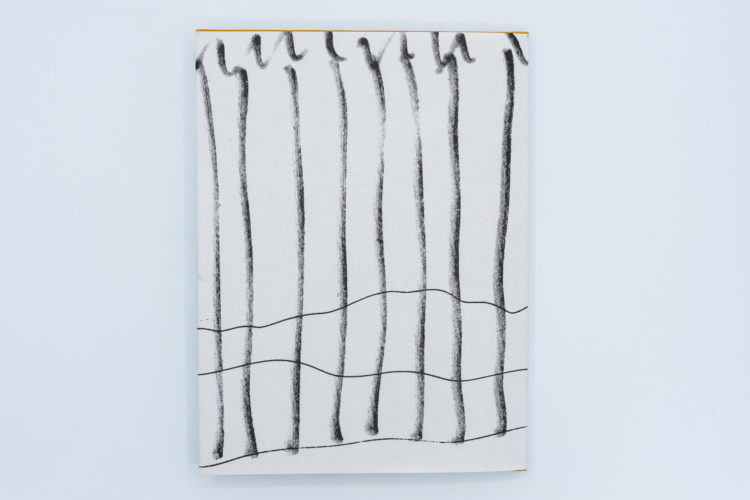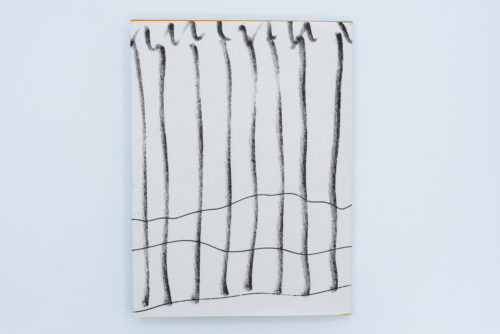







Liu XiaodongBorders
25 EUROS
As of June 2025, we no longer sell online
As of June 2025, we will be ceasing online sales and refocusing on the in-store experience. This decision will enable us to better accompany you in your literary and artistic discoveries within our physical space. We invite you to come and discover our selections directly in the gallery, where you can chat with our team and enjoy the unique atmosphere of Peinture Fraîche.
Liu Xiaodong’s series of paintings from the Texas-Mexico border.
“Liu Xiaodong has been painting and documenting sociological settings for more than thirty years. […] Over the times, as he embarked upon a personal exploration of painting, he evolved closer to post-conceptual ideas, which incorporated the influences of photography and film as important references. Painting from direct observation, many times on location, the artist has created a new series of paintings from the Texas-Mexico border. For eight weeks, he embedded himself within border communities and focused on cities such as Ciudad Juárez, El Paso, Eagle Pass, Piedras Negras, Laredo, and Nuova Laredo as departure points to create his works. His paintings document individuals, locations, and contemporary societies in flux on both sides of the Rio Grande River and grow out of hundreds of drawings, photographs, and constant video documentation during his journeys. Through his works, Liu Xiaodong highlights a world where diversity and individual histories are paramount. Every painting captures a decisive moment, locking individual narratives down forever, reflecting numerous cultural references that echo throughout his practice […]. Yet he is not content with the pure descriptive imagery, as he also refers to the larger social structures at play. […] By mining unique personal stories and utilizing distinctive brushstrokes, coded in a rich and varied history, he creates an attraction and alienation between the work and the viewer. Drawing on this emotional charge, Liu creates the tie between the information in his paintings and his own stance in relation to them.”
—Peter Doroshenko
—Peter Doroshenko
Chinese painter and photographer Liu Xiaodong (born in 1963 in Jincheng, Liaoning province, North China, lives and works in Beijing) is considered a leading figure among the Chinese Neo-Realist painters. Liu Xiaodong depicts everyday people in his enormous oil-and-acrylic paintings, foregrounding the human dimension of global issues like economic hardship, environmental crisis, and migration. The artist often works on site, painting his subjects en plein air.







- Mousse
- Language English
- Release2021
- Pages112
- Format23 x 17 cm
- ISBN9788867494125








